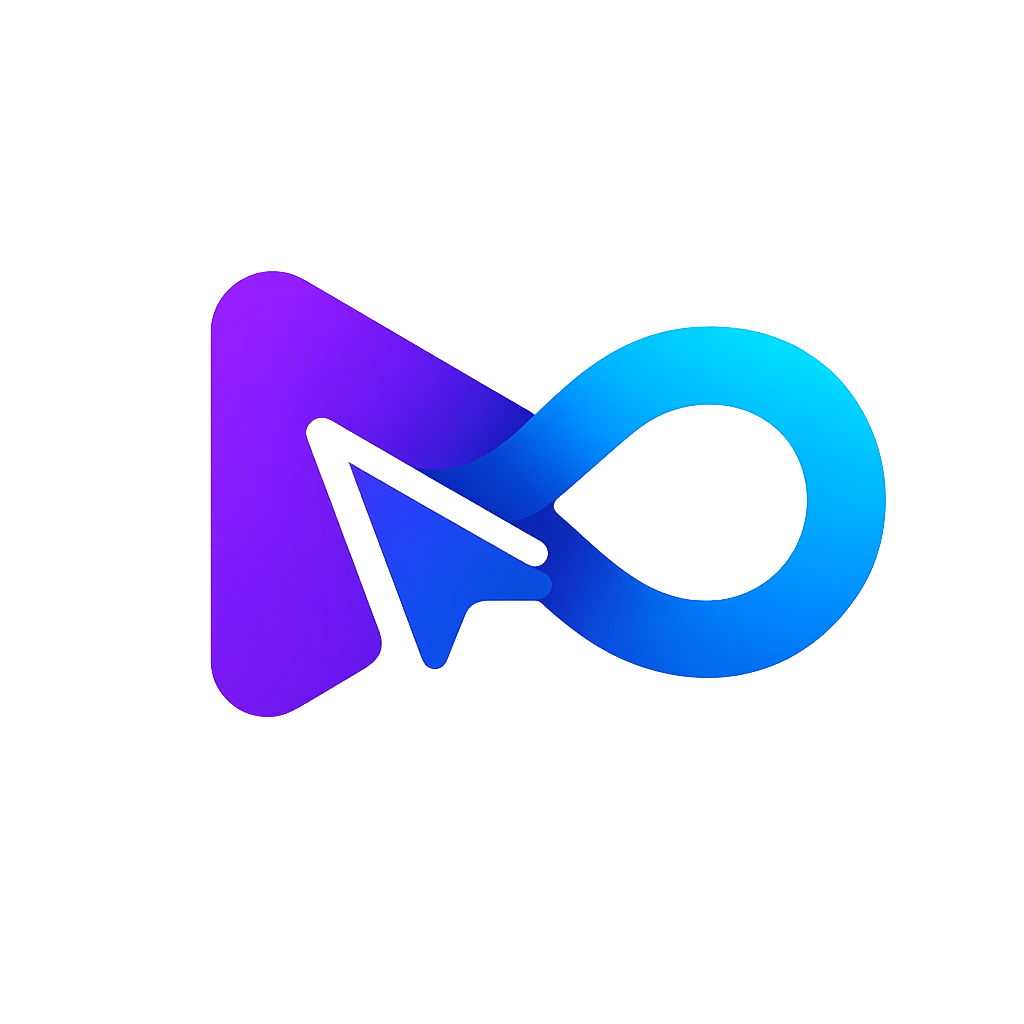AI Face Generator

What is this-person-does-not-exist.com?
This-person-does-not-exist.com is a web platform employing artificial intelligence to generate authentic-looking fictitious faces of non-existent individuals. The website harnesses a specific form of neural network termed a generative adversarial network (GAN), which undergoes training using an extensive collection of actual images. The GAN is composed of two components: a generator and a discriminator. The generator's objective is to produce novel images resembling genuine human faces, while the discriminator's role is to differentiate between authentic and fabricated images. Through mutual competition, the generator and discriminator enhance their capabilities progressively.
The originator of this website is Philip Wang, a software engineer affiliated with Uber. His intention was to showcase the capabilities and potential of this technology. Wang utilized an open-source rendition of the GAN algorithm created by Nvidia, known as StyleGAN. Notably, this algorithm possesses the capacity to generate diverse image types, encompassing anime characters, fonts, and graffiti, in addition to human-like faces.
How do I get started with this-person-does-not-exist.com?
To initiate your experience with this-person-does-not-exist.com, you only need to navigate to the website and refresh the page, enabling the AI to generate a fresh facial depiction. The generated images can be downloaded or conveniently shared across various social media platforms. It is imperative, though, to exercise caution and adhere to ethical guidelines. It is crucial not to employ these images for unlawful or unethical endeavors, such as assuming someone else's identity, producing counterfeit profiles, or infringing upon an individual's privacy. Moreover, it is essential to exhibit due respect for the intellectual property rights of the original algorithm developers and dataset creators.
How does AI of this-person-does-not-exist.com generate fake faces?
The AI mechanism behind this-person-does-not-exist.com operates through the utilization of a specific category of artificial intelligence algorithm known as generative adversarial networks (GANs). These GANs comprise two distinct neural networks engaged in a competitive process: a generator and a discriminator. The generator's role is to produce lifelike facial representations utilizing random noise, whereas the discriminator's function is to differentiate between genuine faces within the training dataset and synthetic faces produced by the generator. Through an iterative process, the generator enhances its output quality by learning from the feedback provided by the discriminator. Consequently, the outcome is a continuous stream of counterfeit faces closely resembling actual human countenances.
However, certain researchers have demonstrated that these artificially generated faces hold the potential to unintentionally unveil the identities of the authentic faces utilized in the training data. This phenomenon poses a tangible privacy concern that warrants consideration.
What are the advantages of this-person-does-not-exist.com?
This-person-does-not-exist.com functions as a web-based platform employing artificial intelligence to generate authentic yet fabricated facial representations of non-existent individuals. Noteworthy advantages of this website encompass:
- Creative Potential: The platform is a versatile resource for creative ventures, enabling the crafting of distinctive avatars, characters, and artworks. For instance, users can fashion fictional personas for narratives or games, or create portraits reminiscent of amalgamated celebrity features.
- Educational Utility: The website serves educational purposes by affording insights into the capabilities and limitations of AI technology. Users can delve into ethical and social considerations tied to the generation and manipulation of synthetic human images. It provides a means to explore how AI fabricates lifelike yet counterfeit visuals and to engage in discussions surrounding the potential advantages and drawbacks of such technology across various sectors.
- Entertainment Value: For entertainment seekers, the website offers an engaging experience through its feature of generating diverse faces with each page refresh. It also facilitates enjoyable activities like interactive games or quizzes, suitable for sharing with friends and family. For instance, users can challenge one another to discern real from fake faces, or even invent amusing scenarios and narratives based on the generated images.
What are the limitations of this-person-does-not-exist.com?
Certain limitations associated with this-person-does-not-exist.com encompass:
- Narrow Scope: The tool's capability is confined to the generation of human faces and does not extend to producing other image categories, such as animals, landscapes, or objects. If the intention is to create counterfeit images of different subjects, an alternative website or tool trained on a distinct dataset would be required.
- Rendering Imperfections: The generated faces may at times exhibit unrealistic or distorted features, particularly along the edges, hair, or background. These discrepancies arise from the AI model's inherent imperfections, resulting in occasional errors or artifacts during the image generation process. Such anomalies are often detectable through close examination of details or by comparing the synthetic images to genuine photographs.
- Ethical and Social Considerations: The usage of this tool can give rise to ethical and societal concerns encompassing privacy, consent, identity, and trust. This pertains to the fact that the AI model utilizes authentic images of individuals as its data source without seeking their authorization or providing information on the utilization of their images. Additionally, the fabricated images have potential applications in malicious activities like fraud, deception, or manipulation. Further insights into these matters can be gleaned from related articles addressing these issues.
It's important to note that this tool has its own set of limitations and ethical implications that users should be mindful of while engaging with it.
What is the cost of downloading AI-generated fake person photos for exclusive use?
The cost for downloading AI-generated fake person photos for exclusive use is $14.95. The exclusive use package provides images without a watermark in higher resolutions of 1024x1024 pixels, available in both PNG and JPEG formats.
Can I download AI-generated images for free on the Person Does Not Exist website?
Yes, you can download AI-generated images for free, but only for personal use. These images will contain a watermark and are available in a lower resolution of 512x512 pixels in JPEG format.
What are common artifacts to look for when identifying a fake face image?
When identifying a fake face image, common artifacts to look for include symmetrical issues such as uneven eyeglasses or earrings and odd characteristics like repeated incisors or strange hair colors. Backgrounds may display unusual distortions or bleed-through where bright colors extend onto the person's head, and a distinctive feature of the NVIDIA "StyleGAN algorithm" often includes glossy “water splotches.”




.webp)
























